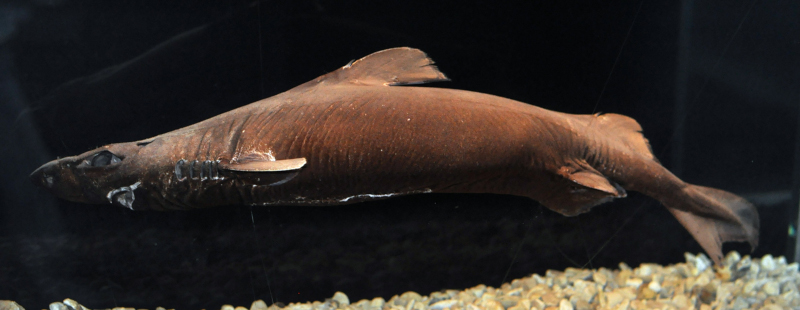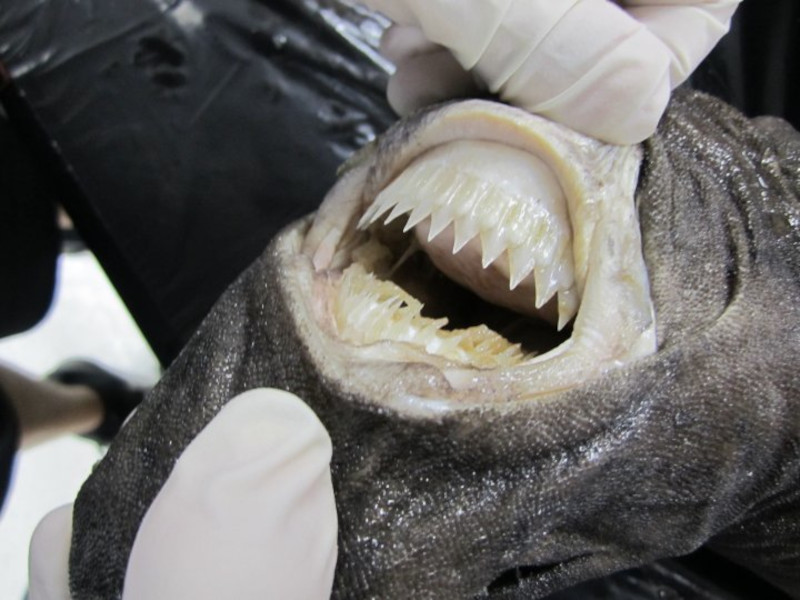
Velvet Belly lanternshark Facts
- Perhaps most notably, the distinctive term Velvet Belly lanternshark serves as the common name of a particular species of dogshark. Placed in the Etmopteridae Family, the fascinating species also bears the scientific name of the Etmopterus spinax.
- Some people simply refer to this remarkable variety of shark as the Velvet Belly. But, by any name, it’s a fascinating species. The renowned Swedish botanist and zoologist Carl Linnaeus was the first scientist to officially recognize the distinctive species.
- This action occurred in the year 1758. This notation first appeared in that year’s issue of his Systema Naturae, which forms the basis of modern taxonomy. The somewhat unusual common name derives from a characteristic of its physical appearance.
- Fortunately, it also boasts one uncommon trait. That’s the simple fact that, for the moment, it appears to be maintaining a stable population base. The IUCN, therefore currently lists the amazing Velvet Belly Lanternshark as Least Concern.
- This fortunate, though uncommon, status appears on the organization’s Red List. Despite the status, however, some concern exists. These partly occur due to heavy commercial fishing in its area. It also likely faces the danger of climate change.
Related Articles




Velvet Belly lanternshark Physical Description
For all its other incredible features, the fascinating Velvet Belly lanternshark nevertheless remains a physically quite small variety of shark. This particular type of shark additionally also displays the physiological characteristic of sexual dimorphism.
With this, the fascinating animal follows the pattern of the majority of related creatures. In its particular case, this trait displays itself in terms of physical size. This trait further results in the females attaining a somewhat larger size than the males.
Overall, however, it remains a small variety of shark, regardless of gender. In point of fact, the maximum recorded length of this shark actually only measures 24 in (60 cm). An average size, though, appears smaller, and only equals about 18 in (45 cm).
The name of the Velvet Belly lanternshark derives from its physical appearance. More precisely, the distinctive term comes from the fact of its black underside. This remains in stark contrast with the light brown appearing on the rest of its body.
The body itself also has a noticeably relatively robust shape to it. The species also possess a comparatively long and wide snout. This feature also develops as quite flattened in structure. It also possesses thin, smooth lips, and five pairs of gill slits.
- Kingdom: Animlia
- Phylum: Chordata
- Class: Chondrichthyes
- Order: Squaliformes
- Family: Etmopteridae
- Genus: Etmopterus
- Species: E. spinax

Velvet Belly lanternshark Distribution, Habitat, and Ecology
Somewhat surprisingly, the remarkable species known as the Velvet Belly lanternshark possesses an extremely wide range of habitation. To be more precise, this endemic habitat range includes an enormous portion of the Atlantic Ocean.
More precisely, this range begins near the country of Iceland in the north. Then, it extends to the waters of Gabon, on the west coast of the continent of Africa. Quite unfortunately, it presently remains unknown if this range ever extended further.
Throughout the entirety of its range, however, another factor stands out. That’s the fact that the unique shark has distinct preferences for its choice of habitat. For one, this incredible species typically prefers to live over areas of the continental shelf.
The marvel of Nature also frequently lives in a great range of depths. In point of fact, this range extends from as shallow as 66 ft (20 m), to as deep as 8,170 ft (2,490 m). The great majority of individuals nevertheless live between 660 – 1,640 ft (200 – 500 m).
Much like most other known sharks, the fabulous Velvet Belly lanternshark feeds as a highly generalist predator. In its specific case, however, its diet consists principally of such prey as small cephalopods, crustaceans, and various small small fish.
The precise diet of individuals very commonly varies significantly. This characteristic extends throughout the entirety of its known range of habitation. Understandably, this differentiation occurs simply because of the variation of prey in its region.
Species Sharing Its Range



Check out our other articles on 5 Incredible South American Islands, Crowned Eagle, Mount Erebus, Chinese Lantern, Pallid Bat, Fire Salamander, Lord Howe Island Stick Insect, Plumed Basilisk









Leave a Reply